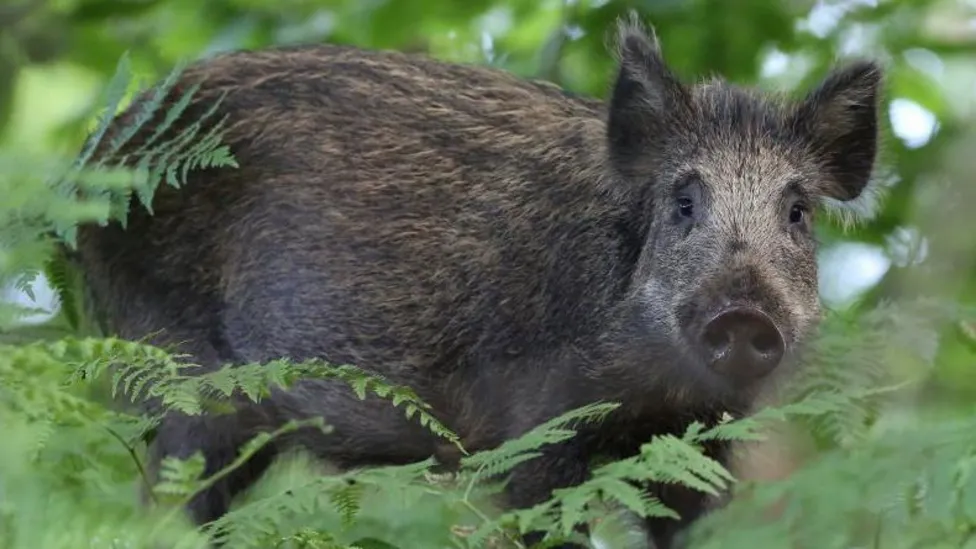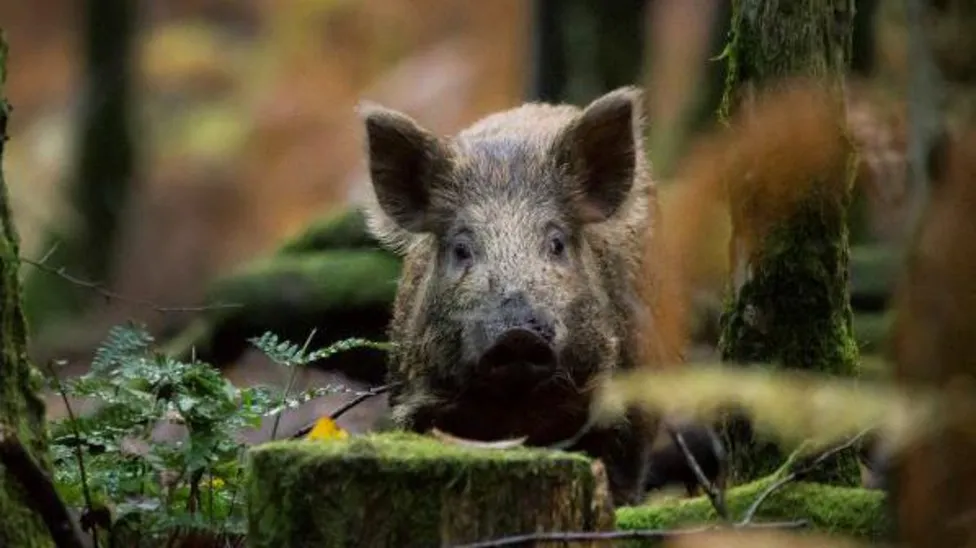Experts warn that feral pigs have established themselves in Scotland and are poised for rapid population growth.
These pigs are a mix of wild boar and domestic breeds, including escapees and illegally released animals.
Public bodies NatureScot and Forestry and Land Scotland (FLS) are organizing events for land managers to exchange best practices in feral pig control.
While the pigs’ rooting behavior can benefit woodland habitats, it poses a threat to farmland and gardens. NatureScot reports uncertainty about the number of free-roaming pigs in Scotland.
FLS identifies four well-established populations in Dumfries and Galloway, Glenmoriston near Fort Augustus, and Wester Ross, with occasional sightings in other rural areas.
Rooting activities, which involve overturning vegetation and soil to access roots and insects, can aid woodland regeneration by clearing the ground for native tree seedlings. However, FLS and NatureScot caution that pigs can damage grazing land and crops.

Kieran Watson, a wildlife ranger with FLS, described the pigs’ impact as resembling the work of a sizeable excavator, with the animals capable of upturning stone and large logs within hours, leaving bare earth.
Wild boar typically have four to six piglets per sow, but hybridization with domestic pigs could result in up to 18 young per sow. Feral pigs can travel up to eight miles and are proficient swimmers, further raising concerns about their spread.
Morag Milne of NatureScot notes that the pigs resemble wild boar or spotty domestic pigs and highlights the existence of well-established populations in Scotland, estimated in the low thousands. Without control measures, their numbers are likely to increase.
